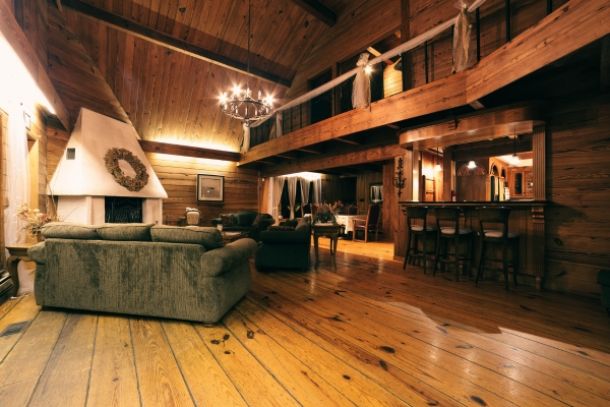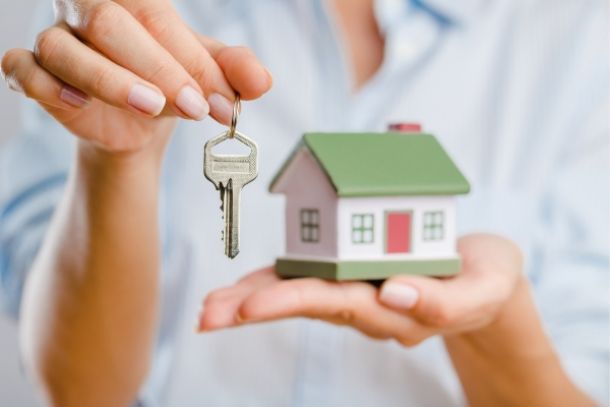Innovative Ideas for Wooden House Construction
Innovative Ideas for Wooden House Construction
Innovation in wooden house construction goes beyond simply building a structure—it’s about rethinking traditional methods to create homes that are sustainable, energy-efficient, and uniquely tailored to modern lifestyles. “Innovative Ideas for Wooden House Construction” is a comprehensive guide that delves into creative strategies, new materials, and advanced techniques that redefine the DIY building process. This article provides an in-depth look at how you can integrate modern innovations into your wooden house project, resulting in a home that is as forward-thinking as it is warm and inviting.
Introduction
The world of wooden house construction is evolving rapidly as builders combine the timeless appeal of natural wood with contemporary design and technology. Innovative ideas in this field focus on sustainability, energy efficiency, and design flexibility. Whether you’re planning a small cabin or a spacious family home, these innovative concepts will help you push the boundaries of traditional construction and build a house that meets modern standards of comfort, efficiency, and style.
Rethinking Design with Modern Technology
Digital Design and Simulation:
Modern innovations in wooden house construction begin at the planning stage. Advanced software tools allow you to create detailed digital models of your home, enabling you to experiment with different layouts and structural designs. These simulations help you optimize spatial planning, structural integrity, and energy efficiency before you even begin construction. Using virtual reality (VR) tools, you can even take a “virtual tour” of your future home, making it easier to visualize and refine your design.
Parametric Design:
Parametric design tools enable you to create dynamic and adaptive structures. By inputting specific parameters—such as climate data, site conditions, and energy requirements—you can generate design options that are optimized for your environment. This approach leads to innovative architectural forms that are not only visually striking but also tailored to maximize natural light, ventilation, and thermal performance.
Advanced Materials and Construction Methods
Hybrid Construction Techniques:
Innovative wooden house construction often involves hybrid techniques that blend traditional timber framing with modern materials. For example, integrating structural insulated panels (SIPs) or using a combination of wood and steel can enhance durability and energy efficiency. These hybrid systems offer the aesthetic benefits of wood while providing superior insulation and resistance to the elements.
Engineered Wood Products:
The use of engineered wood products such as cross-laminated timber (CLT) is gaining traction in modern construction. CLT panels offer exceptional strength, stability, and fire resistance compared to traditional solid wood. Incorporating engineered wood into your design allows for larger spans and more open interior spaces, giving your home a modern, airy feel without compromising on structural integrity.
Sustainability and Energy Efficiency
Passive House Design Principles:
Innovative ideas for wooden house construction increasingly embrace passive house principles. This approach involves designing a home with exceptional thermal performance through airtight construction, super-insulation, and high-performance windows and doors. By reducing the need for mechanical heating and cooling, passive design significantly lowers energy consumption while creating a comfortable indoor environment.
Renewable Energy Integration:
Embrace the integration of renewable energy systems such as solar panels, small wind turbines, or geothermal heating and cooling. Positioning solar panels optimally on the roof and incorporating energy storage systems can help you achieve near self-sufficiency. These renewable energy solutions not only reduce your carbon footprint but also add a modern, innovative edge to your wooden house construction.
Water Management Systems:
Sustainable wooden houses also benefit from advanced water management strategies. Innovative rainwater harvesting systems, combined with greywater recycling, reduce water usage and promote self-sufficiency. Designing your home to collect and utilize rainwater for irrigation or flushing systems is an effective way to integrate sustainability into every aspect of the construction.
Creative Architectural Elements
Flexible and Adaptive Spaces:
One of the hallmarks of innovative construction is the ability to create spaces that adapt to changing needs. Incorporate movable walls, modular furniture, or transformable rooms that can serve multiple purposes over time. This flexibility not only maximizes the utility of your home but also reflects a modern, dynamic approach to design.
Integration of Natural Elements:
Innovative ideas often involve a seamless integration of the indoors with the outdoors. Use large, operable windows, sliding glass doors, and open verandas to create a strong connection with nature. Consider adding green roofs or living walls that bring greenery into the design and improve both insulation and air quality.
Smart Home Features:
Modern wooden houses can incorporate a range of smart home technologies. Automated climate control, energy monitoring systems, and integrated security solutions add convenience and efficiency. By embedding these systems into the design from the start, you ensure that your home is not only aesthetically pleasing but also technologically advanced and user-friendly.
Overcoming Challenges with Innovation
Problem Solving Through Iterative Design:
Every construction project faces unforeseen challenges. Innovative builders adopt an iterative design approach, where solutions are continuously refined through testing and feedback. This proactive mindset helps in identifying potential issues early and adapting the design to overcome them, ensuring a smoother construction process.
Community and Expert Collaboration:
Leverage the power of collaborative networks by engaging with online DIY communities, attending workshops, and consulting with experts in sustainable construction. Sharing innovative ideas and learning from the experiences of others can inspire new solutions and boost your confidence in tackling complex projects.
Conclusion
Innovative ideas for wooden house construction offer a transformative approach to building homes that are sustainable, energy-efficient, and uniquely modern. By harnessing advanced digital design tools, embracing hybrid construction methods, integrating renewable energy, and incorporating flexible architectural features, you can create a wooden house that not only meets modern standards but also pushes the boundaries of traditional building methods. These innovative strategies empower you to build a home that is a true reflection of your creativity and commitment to sustainability. With a focus on continuous learning and collaboration, your project can serve as a model for future DIY builders seeking to combine the best of tradition and technology in wooden house construction.


